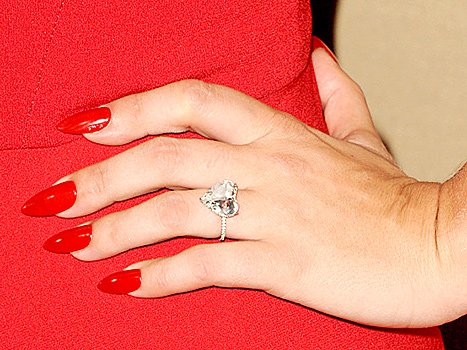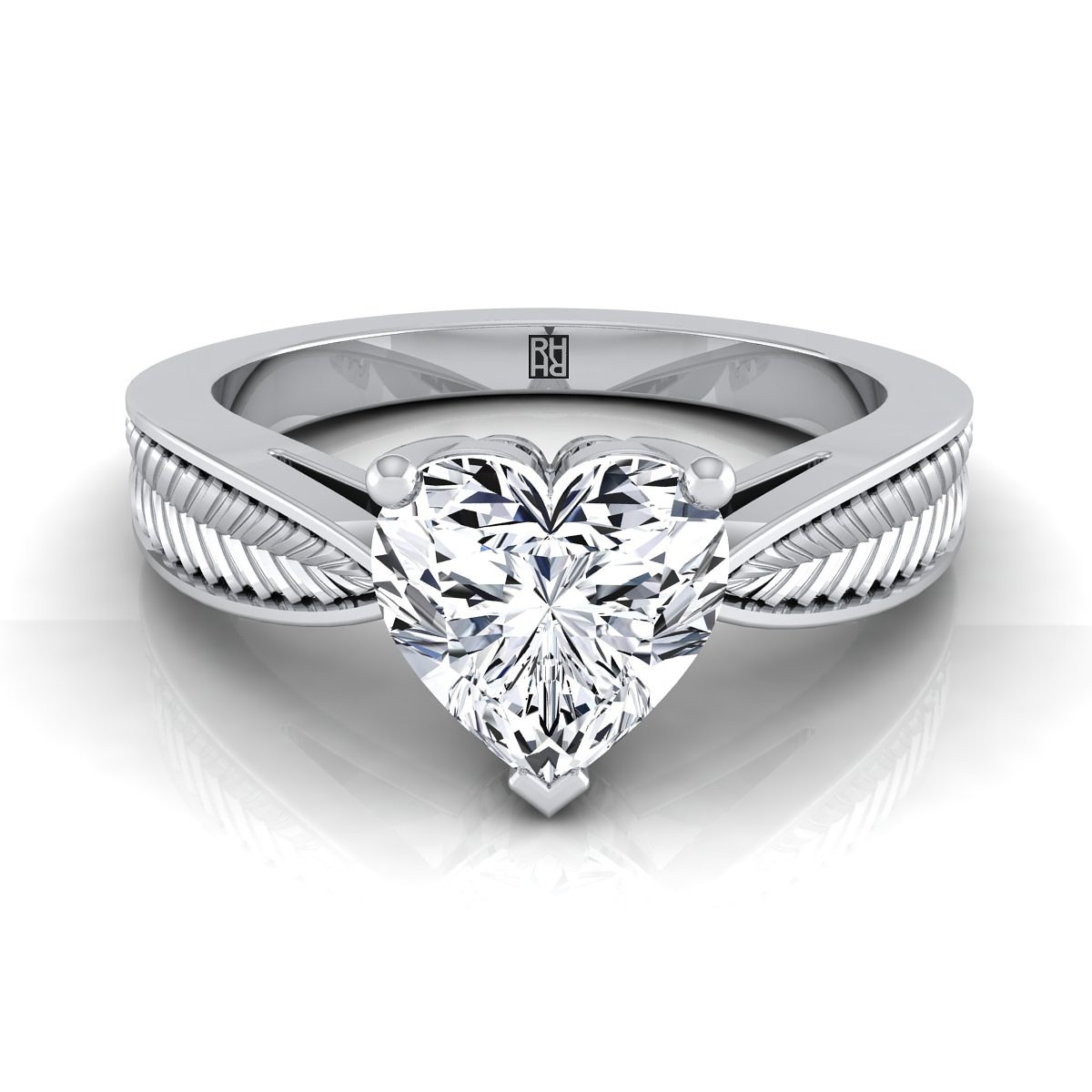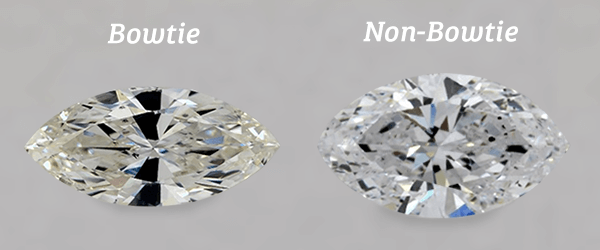Everything You Need to Know About Heart-Shaped Diamonds
With Valentine’s Day nearly upon us, hearts are popping up everywhere from cuddly pajama bottoms to cupcake molds, and yes, they are on the rise in the world of jewelry, too. Heart-shaped diamonds have a remarkable history tied to iconic figures in history and are a very special cut for any precious stone. In honor of the holiday of hearts, we’re digging into the history and characteristics of the heart-shaped diamond.
The Heart-Shaped Diamond in History
The concept of a heart-shaped diamond was developed in 1463 by the Duke of Milan, Galeazzo Maria Sforza, and Nicodemo Tranchedini di Pontremoli. About a hundred years later, in the early 1560s, Mary, Queen of Scots gifted Elizabeth I of England a gold ring containing a heart-cut diamond, despite their rivalry for the English throne. This rumor solidified the shape’s reputation as a “royal” cut.
Over the years, heart-shaped diamonds have appeared in a variety of engagement rings, both royal and not. They tend to experience short but powerful boosts in popularity every few years and then fade into the background again for a few more. Never fear, however, because the heart-shaped trend always swings back around sooner or later.

Lady Gaga’s heart-shaped engagement ring. Photo courtesy of Us Weekly.
From Lady Gaga to Gwen Stefani to Nicki Minaj, heart-shaped diamond engagement rings have had their day in the sun with celebrities over the last decade or so, which has likely enhanced their popularity of late. Before now, they were last on-trend in the 1980s, along with pear and marquise cuts, both of which are suddenly hot again. The rise of the heart may simply be attributed to the desire to be different, and to the fact that heart shapes often cost less than other fancy-shaped diamonds.
The Devil in the Details
What puts this cut on the cheaper end of the spectrum is that its shape makes it very easy for a less-than-talented diamond cutter to produce an imperfect stone. Heart-shaped diamonds have 58 facets in them, and all 58 facets need to be meticulously planned and perfectly executed to make sure that the stone reflects light at all angles and avoid the “bow-tie effect”. Imperfect heart-cut diamonds have black triangles along the length of the stone that occur because of a faulty design that misplaces reflected light.
When purchasing a heart-shaped diamond, it’s important to look out for details like that. The market now is not flooded with heart-shaped diamonds, so the ones that exist today are often good quality and cut nicely, but that doesn’t mean you should buy one without certification or not do your research before investing in the cut.
A good length-to-width ratio for light reflection and overall beauty should be around the 1:1 to 1:1.2 mark. And, as with any diamond, clarity and color play a part in the stone’s overall fire, so finding a gem with fewer inclusions that is as white as a budget will allow is a good idea.

A three-prong set heart-cut diamond. Photo courtesy of RockHer.
Fancy-cut diamonds like this can also require specific setting styles so that they look their best and catch the most light. Heart-shaped diamonds work best in bezel settings and three-prong settings. Bezel settings help maintain that carefully-cut shape, but can block out light, so some designers will choose to add a halo of pave diamonds to supplement the heart’s brilliance. The three-prong setting is best for catching the light, but make sure the prongs are placed properly so the stone is secure.
The heart wants what it wants, and if your heart is drawn to this cut’s romantic shape and story, we suggest contacting our concierge service here for assistance in finding the perfect heart-shaped diamond for you.








